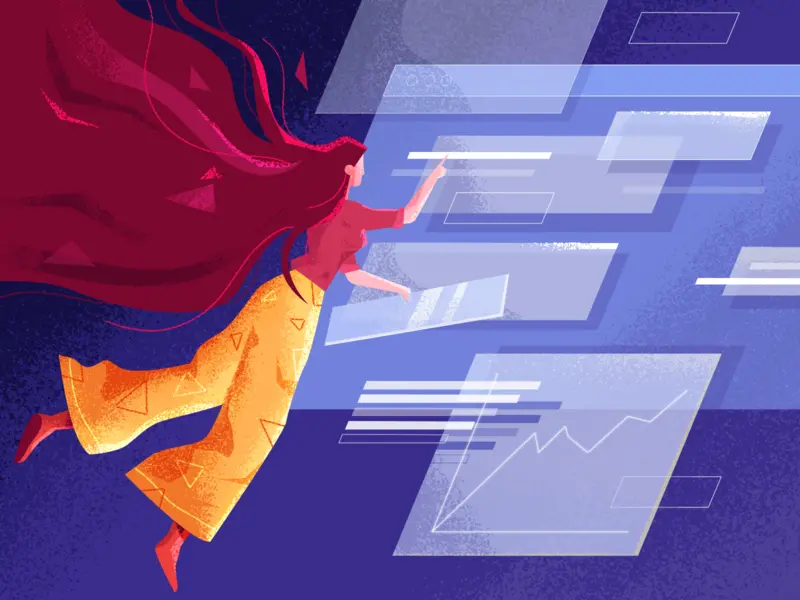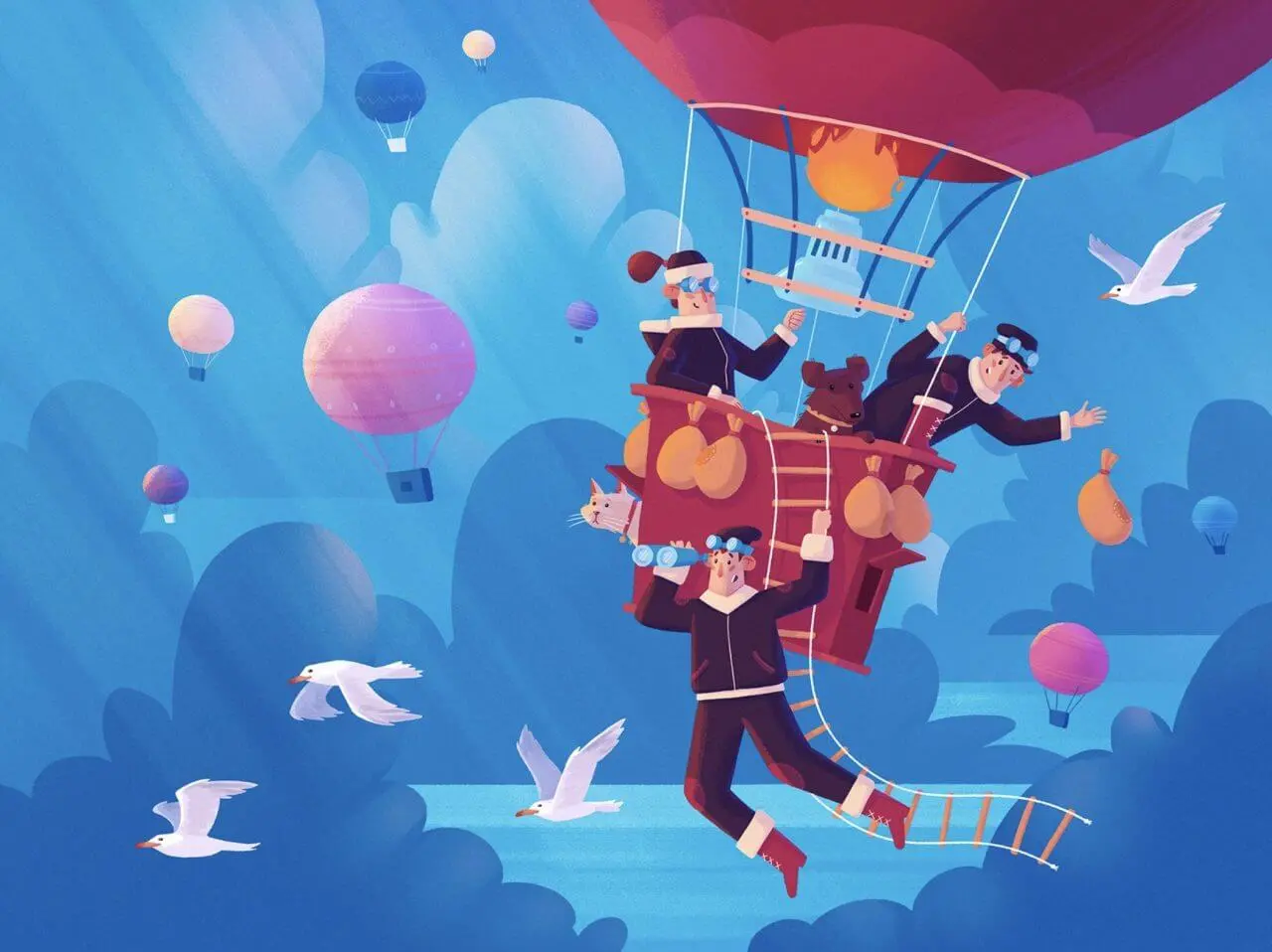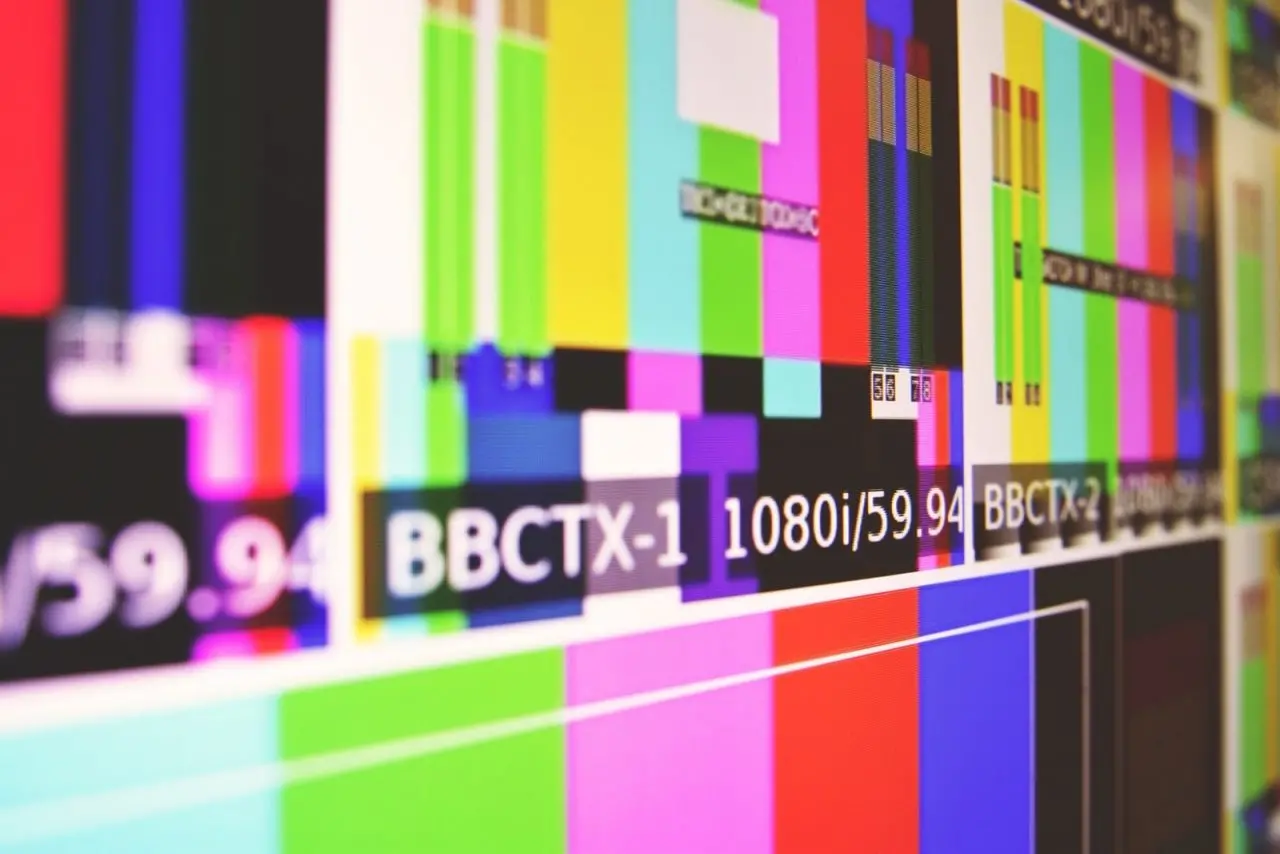What is Digital Storytelling and How to Use it?
The technology of the digital storytelling of the twenty-first century have given storytelling a new look. With the addition of digital resources, such as movies, audio files, and images, digital storytelling has grown more complex. This post gives an overview of digital storytelling and covers its applications in a variety of ways, including education, to help you get the most out of it.

What is digital storytelling?
What is digital storytelling? A multimedia presentation called a digital story combines a range of digital elements with a narrative framework (a story). Text, photos, video, audio, social media components like Tweets, and interactive components like digital maps, animations, etc. are all examples of media. Digital storytelling definition blends the greatest elements of the old world of telling stories and the new world of digitized video, photography, and art.
Whether it is through presentations, oral storytelling, digital storytelling or written books, storytelling is a tried-and-true technique of instruction. In reality, a study by MacDonald (1998) revealed that communities have used storytelling to impart important lessons across millennia. In addition, Andrews et al. (2009) note that storytelling has been employed as a communication tool in all fields of education, including business, law, general medicine, and dentistry.
Why is digital storytelling important?
Why is telling a story important? We learn more about ourselves and others via stories. When reading content, we develop empathy for the characters we discover, products, objects, and whatsoever. Audiences will benefit from this capacity to learn from stories throughout their lives. In addition to communication objectives, stories improve lives and offer life advice.
The practice of digital storytelling enables average individuals to share their experiences and stories through the creation of digital media. It’s a very recent term that refers to the rising trend of common people using internet tools to share their stories. Digital stories frequently use engaging interactive presentation methods.
Digital storytelling is sometimes used to refer to filmmaking in general and has recently been used to describe advertising and promotion efforts by for-profit and nonprofit organizations. It can also refer to various digital narratives, including web-based stories, interactive stories, hypertexts, and narrative computer games.
A good story has a smooth flow, is simple to convey, and helps the audience remember the narration. Less information via digital stories is likely to be absorbed by a crowd, the more information you present to them the better and is good for ideas for digital storytelling in marketing.
Digital storytelling is the process through which various people communicate with one another about their life experiences and imaginative fantasies. With the development of easily available media production methods, hardware, and software, this more recent style of narrative arose.
Where is digital storytelling used?
When customers give their opinions based on their personal experiences about a product to promote a company’s product in the digital realm, this is known as user-generated digital story content and is done through the use of digital storytelling.
Digital storytelling is becoming a more popular tool for schools of all age levels to use to develop and distribute original stories. In addition to learning new presentation, design, and technological skills, it enables students to explore their personal narrative and express themselves creatively.
People can now share their stories on the Internet through platforms like YouTube, Vimeo, CDs, podcasts, and other electronic distribution channels. Digital storytelling is also employed as a teaching approach to create connections and construct people’s online social presences as well as an alternative presentation format for content.
Why use digital storytelling in education?
What is a digital story for learning? Students can learn the significance of emotional rhetoric through digital stories, allowing them to experiment with new behaviors and perspectives. Students’ emotional reactions to these tales may inspire them to pursue interests in which they have a strong sense of enthusiasm.
Benefits of Digital Storytelling
Meaningful listening is made possible by digital storytelling. Audiences have the chance to learn information from storytelling digital in a meaningful way by using digital storytelling. In a time when people are constantly being assaulted with stories and information, this is especially crucial. Here are particular storytelling in education benefits for your business. Take into account the following advantages of digital storytelling.
Development of technical skills
Audience must choose whether to zoom in, which image is the best, when to add voiceovers, etc. during the many hours spent editing videos, etc. Students may make progressively more fascinating and engaging videos by mastering these technical abilities, encouraging interaction and engagement with interactive features, etc.
Collaboration
Working in groups allows people to participate actively in their education and develop social skills. Other benefits of cooperative learning include simple content management, clear monitoring of audience engagement, and adaptability in structuring new concepts. They get knowledge from their own digital storytelling works as well as those of their former and present peers. Stories allow testing for user experience and seamless functionality, etc.
Opportunities for engagement
Designers exhibit their work before a live audience engage. The best presentations are kept in an electronic portfolio that I share on my blog; then utilized to introduce new topics or as a component of multimedia textbooks. The lessons and videos produced may be reused and repurposed. By selecting relevant multimedia elements you enhance the narrative better.
Emotional impact and connection with the audience
Digital storytelling offers a way to create a happier, healthier audience as well as a more equal learning environment while also imparting the brand digitales storytelling skills required to succeed in modern jobs. Even though it may come out as boastful and exaggerated, a recent study supports it.
Expression of the creative
The most fascinating component of digital storytelling is the inventive use of technology, technical structure, visual design and organized emotional content. Less is more when it comes to ideas for digital storytelling, visual effects and maintaining conciseness and clarity in storytelling is the key techniques to success strategy.
Resource efficiency
We are not discussing the cost of a piece of material, but rather the significance of effective resource management. And this is one of the most artistic aspects because each element that is used must be made as expressive and useful for expressing the story as possible. The goal is to employ the least amount of text, dialogue, graphics, and videos. Economy also involves writing brief narratives that include the necessary.
Marketing
Why is it so effective for marketing? Because storytelling increases emotional responses and makes the story more memorable, it activates several brain regions that affect how we view a brand. Any brand wants to engage the audience and stand out in the crowd. Naturally, marketers must take advantage of that chance.
Digital storytelling can be applied in a variety of ways in brand material. For instance, it is more usual for businesses to share their narrative through various platforms in order to engage with their audience and reveal a more human side.
Elements of an Effective Digital Story
Point of view
What is the story’s major point, and what is the author’s point of view?
Dramatic question
A significant query captures the audience’s interest and is resolved at the narrative’s conclusion.
Emotional content
These are weighty themes that are brought to life in a compelling and personal way, engaging the audience in the narrative.
Pacing
The pace at which the story moves forward—how slowly or swiftly.
Soundtrack
Obviously, it’s all about the sounds that enhance and complement the tale, such as music.
Visuals
The visual design incorporates artistic and design activity on the combination and intensive impact of the communication environment.
Tips on Creating an Effective Digital Story
1.Be specific
Specific-topic storytelling can nevertheless hold the attention of a large audience. In general, moving from the small details to the big picture is preferable rather than the other way around. Personal cases let people emotionally connect with history by bringing the past to life.
2. Be relaxed but knowledgeable
Expert instruction should be smooth if people are to learn from them. Overly academic language may turn people off, but stories should be allowed. A healthy balance must be struck.
3. Share untold stories
A great deal of cultural history is still untold. Engaging audiences and fostering a sense of belonging, identity, and shared history are achieved by bringing hidden heritage to light. Asking yourself whether any stories have yet to be told before can be helpful when developing material.
4. Detail
The abundance of visual material in the cultural heritage industry is a significant asset. This has a profound impact when employed in the narrative. It’s okay to use simple formats, but you should think about how your tales’ images and content complement one another.
5. Identify your journey
People are taken on a clear trip by the best stories. Good signposting is important in digital storytelling, especially on challenging or experimental platforms, as it keeps viewers on the right path. Understanding the narrative and digital structures clearly can help you maintain your story concisely and hold readers’ interest from start to finish.
6. Be emotional
Cultural-historical fiction must be grounded in reality, but reality need not be boring. Use poetic, vivid, and emotive imagery and strategies; they are more likely to pique people’s interest.
Examples of digital stories
Creativity examples of digital storytelling are numerous and that’s where we find out why is storytelling powerful.
1) Snow Fall
Here is a pioneering instance a digital storytelling example that popularized digital storytelling. The New York Times’ Pulitzer Prize-winning initiative “Snow Fall” has nearly become a byword for digital storytelling. After going live on December 20th, 2012, Snow Fall had more than 3.5 million page views and 2.9 million visitors in the first six days.
It’s exceptionally well written, includes amazing photos, fascinating maps, video content, and story characters.
2) Bear 71
The 20-minute interactive, touching documentary Bear 71 follows a grizzly bear and raises awareness of the grizzlies’ predicament in Banff. You may navigate an interactive map of Canmore, Canada’s Banff National Park, using your webcam, mouse, and laptop keys thanks to a creation of the National Film Board of Canada.
This interactive documentary goes beyond straightforward narration. It tells the story of how technology affects how we connect with the internet world.
3) Netflix – Bandersnatch
If you haven’t already, set aside a few hours to watch Bandersnatch on Netflix. The interactive TV feature received high praise from critics and brought television closer to the realm of games. Bandersnatch is an interactive movie that lets you make a range of decisions that lead to a variety of possible outcomes.
Due to Bandersnatch’s success, more interactive movies are now being produced and will be available on Netflix in the future.
4) Best Western
Once more a few years old, but still a good example of brand storytelling that wasn’t overly expensive to produce here:
Provided by thatsnovel
Best Western compiled tales from employees at several hotels and turned them into a video campaign that was shared on social media. Quite funny, this one.
5) Student Films
There is a category named Student Films among the stories that are archived on Apple’s Instagram profile. The student-produced videos there speak more eloquently about the quality of Apple cameras than any content the company could produce.
The videos demonstrate both the production of the videos as well as the astonishing effects that can be easily accomplished with a mobile camera and without the need of professional equipment.
Conclusion
Digital storytelling enables everyone to express their creativity and share a story that, despite its flaws, feels authentic and is, therefore, more approachable. Digital media such as online apps, websites, blogs, social media platforms, and mobile applications deliver a digital narrative. With digital storytelling, anyone can create digital storytelling examples, and video material like explainer video for startup and communicate their narrative at any time and in any situation.


